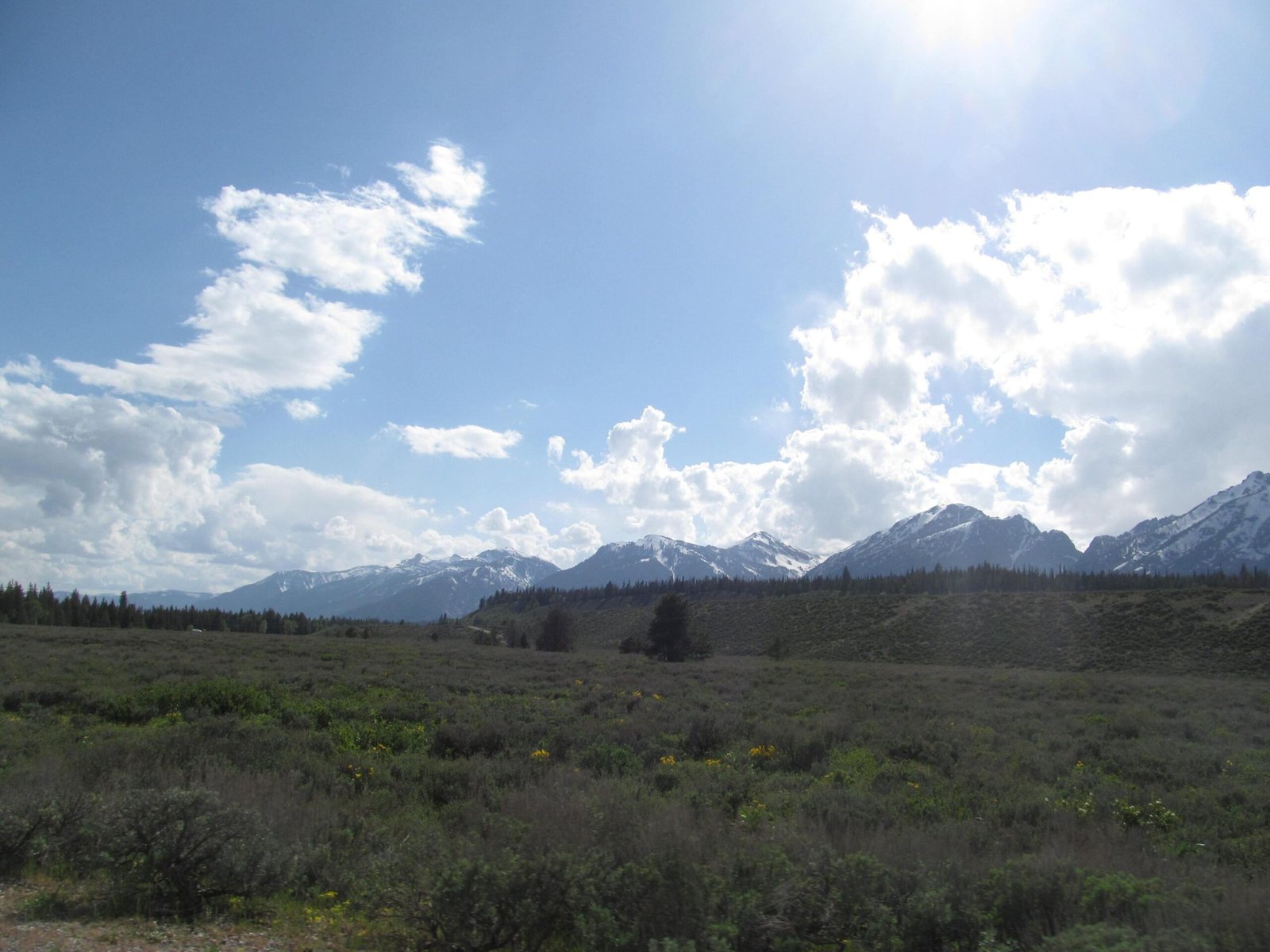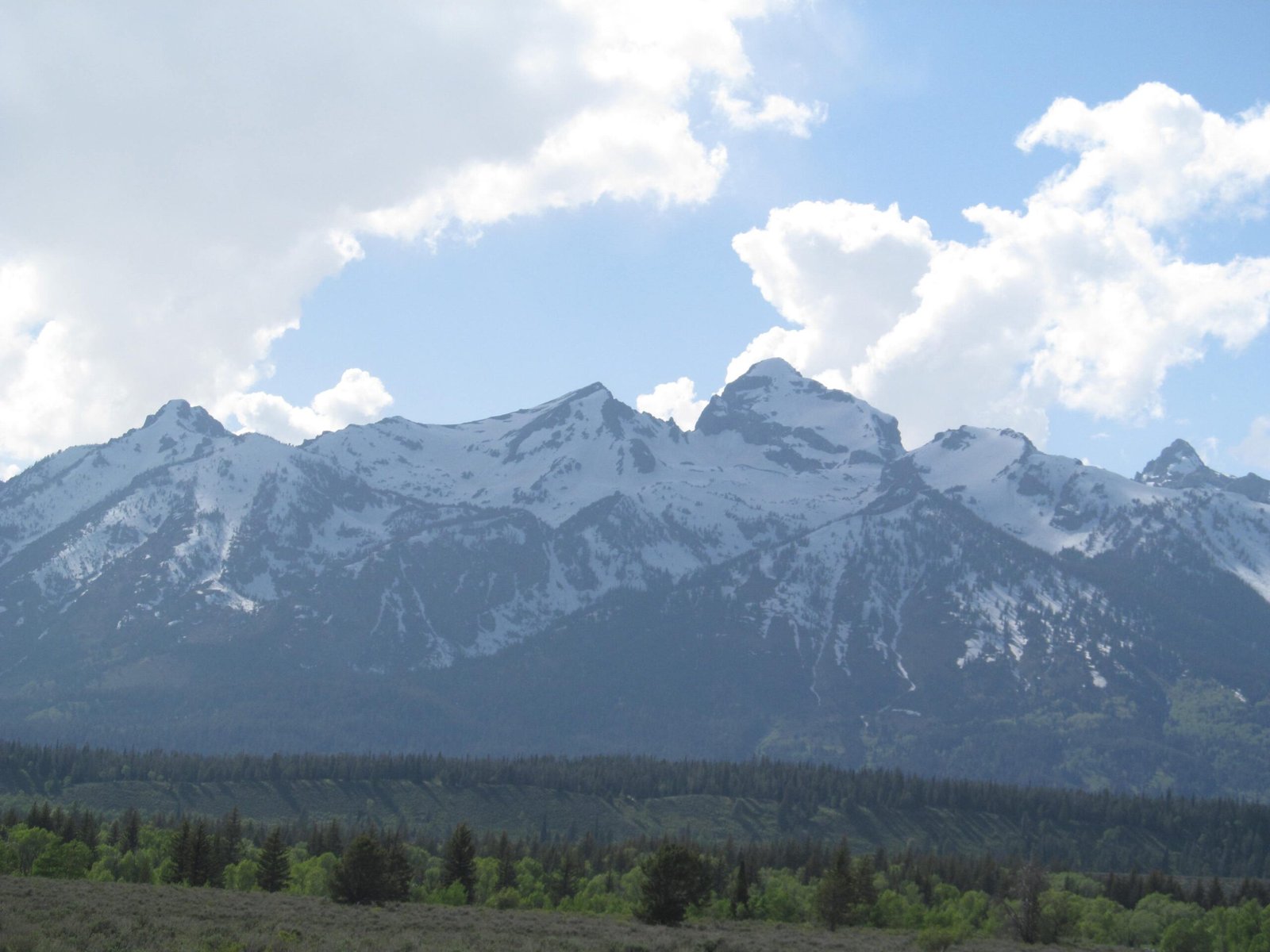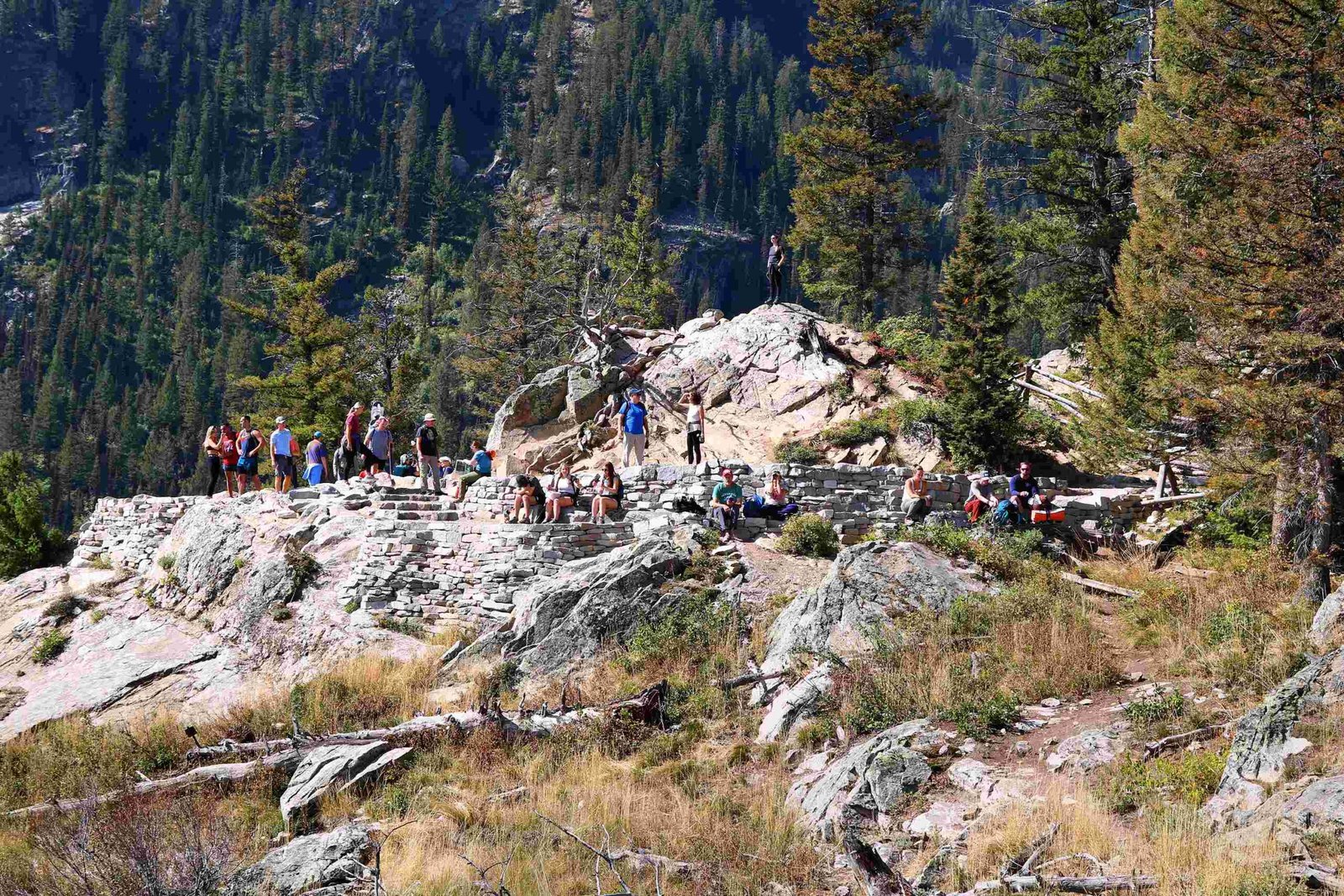Grand Teton National Park has been a mesmerizing cinematic canvas for filmmakers, transforming its rugged peaks, expansive valleys, and pristine wilderness into unforgettable movie backdrops. From classic Westerns to modern blockbusters, the park’s dramatic landscapes have played a starring role in numerous films, showcasing Wyoming’s raw natural beauty and providing filmmakers with an unparalleled scenic environment that captures the essence of American wilderness.
What Movies Have Been Filmed in Grand Teton National Park?

Iconic Films and Their Locations
| Movie | Year | Filming Location | Notable Scenes |
|---|---|---|---|
| Shane | 1953 | Jackson Hole Valley | Western landscape scenes |
| Django Unchained | 2012 | National Elk Refuge | Winter landscape sequences |
| Rocky IV | 1985 | Teton Mountain Range | Training montage scenes |
Grand Teton National Park offers filmmakers a diverse and breathtaking landscape that serves multiple cinematic purposes. The park’s unique geographical features have made it an attractive location for various film genres, particularly Westerns and adventure movies.
Why Do Filmmakers Choose Grand Teton?
Filmmakers are drawn to Grand Teton National Park for several compelling reasons:
- Dramatic Mountain Landscapes: The Teton Range provides a stunning, almost mythical backdrop for storytelling
- Diverse Terrain: From alpine meadows to rocky streams, the park offers multiple scenic environments
- Pristine Wilderness: Untouched landscapes that represent authentic American wilderness
- Accessibility: Relatively easy to access compared to more remote mountain locations
Detailed Movie Location Insights
Shane (1953)
In this classic Western, the Teton Range serves as more than just a backdrop—it becomes a character itself. Director George Stevens strategically used the Jackson Hole valley to create a sense of epic scale and natural grandeur. The film’s landscape shots showcase the raw beauty of the region, making the mountains an integral part of the narrative.
Django Unchained (2012)
Quentin Tarantino’s film utilized the National Elk Refuge to create stark, winter landscape sequences. The snow-covered terrain and expansive views provided a dramatic setting for key plot moments, demonstrating how the park can transform into various geographical representations.
Rocky IV (1985)
Although the film is set in Siberia, the training sequences were actually filmed in Grand Teton National Park. Sylvester Stallone leveraged the park’s rugged terrain to create intense, physically demanding scenes that symbolize Rocky’s determination and strength.
How Can Film Enthusiasts Explore These Locations?
Visitors interested in the park’s cinematic history can:
- Take guided ranger tours
- Visit specific filming locations
- Explore visitor centers with historical exhibits
- Use park maps to identify movie shooting sites
Practical Visitor Information
Best Times to Visit:
– Summer (June-August): Peak accessibility and visibility
– Fall (September-October): Fewer crowds, beautiful colors
– Winter: Challenging but scenic for hardcore enthusiasts
Recommended Preparation:
– Check park regulations
– Bring appropriate hiking and photography gear
– Consider guided tours for detailed location insights
Conclusion

Grand Teton National Park continues to be a premier destination for filmmakers seeking authentic, breathtaking landscapes. Its versatility and natural beauty ensure its ongoing significance in cinema.

